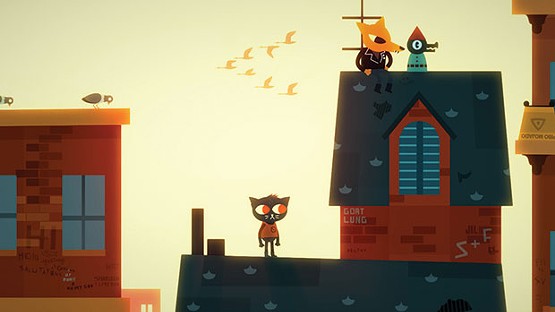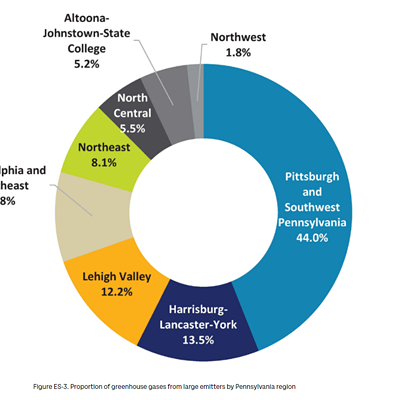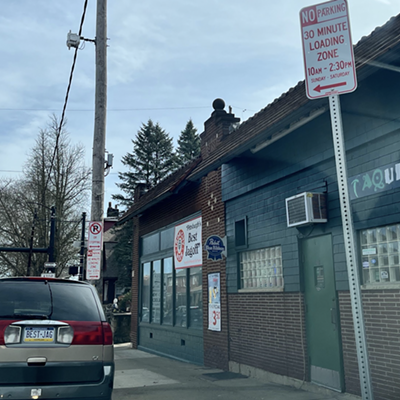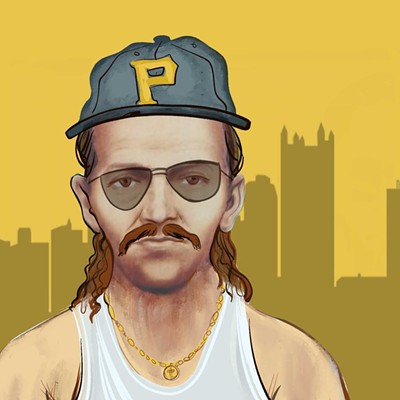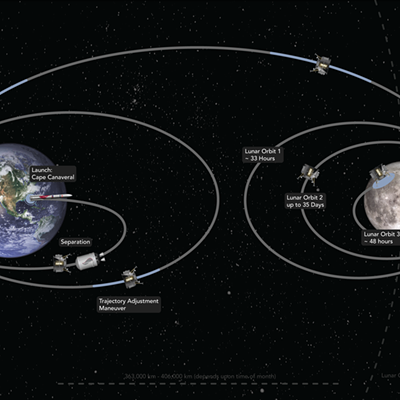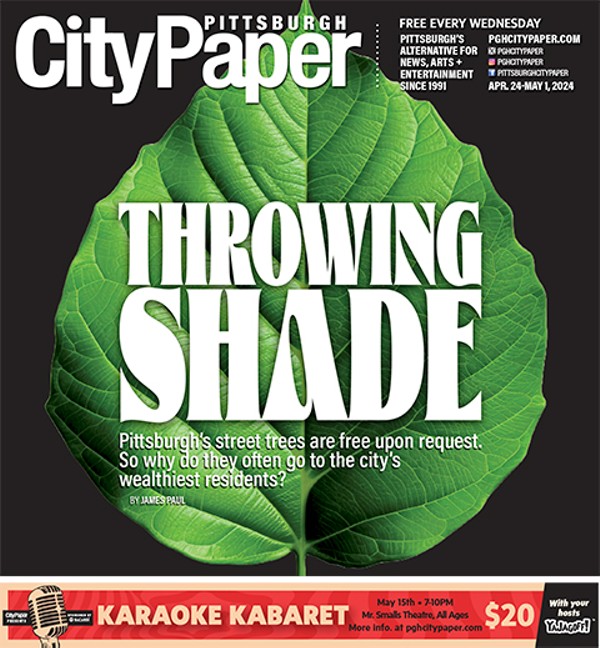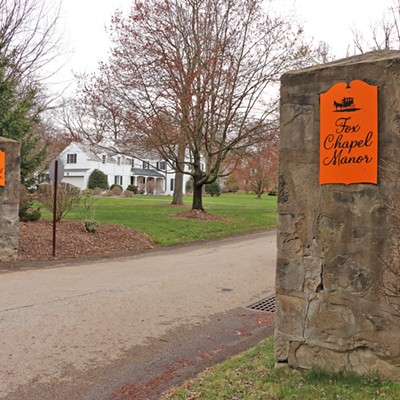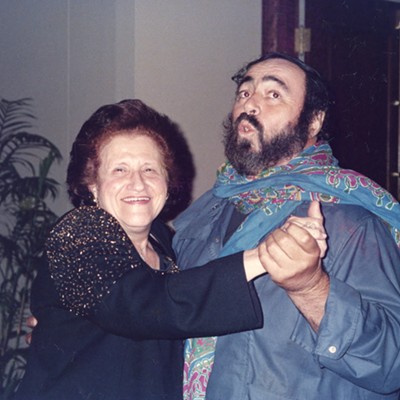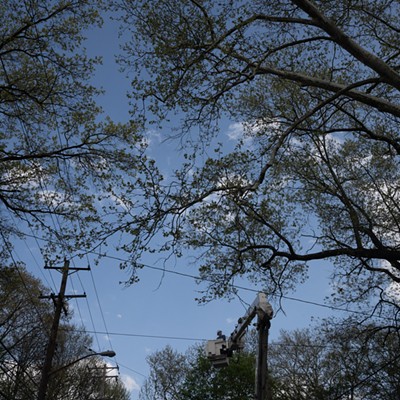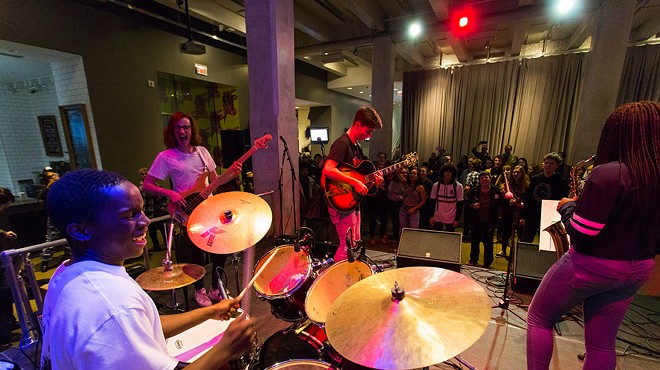Scott Benson and Bethany Hockenberry were waiting in the checkout line at a Sheetz gas station in Moon Township some time ago and noticed a young woman standing in front of them. Though they hadn’t met her before, she was familiar to Benson and Hockenberry because, as they put it, she was the human version of their video game’s main character.
“I wanted to be like, ‘You’re in our video game!’” Benson says.
Night in the Woods is an indie video game being developed by game studio Infinite Fall. The whole studio, however, consists only of Benson, Hockenberry and indie-game veteran Alec Holowka. The game began development after a successful Kickstarter campaign in late 2013, when the team raised its required funding in about 24 hours.
Benson (animator, co-writer, co-director) and Hockenberry (researcher, co-writer) are currently residents of Pittsburgh, and have lived either in Western or Central Pennsylvania for decades. Holowka works on the game’s code and musical score remotely from Winnipeg, Manitoba. His previous indie-game work includes titles like Aquaria, Towerfall Ascension and Offspring Fling.
Night in the Woods, which will be released on Feb. 21, is centered on Mae Borowski, an anthropomorphic 20-year-old cat who returns to her hometown of Possum Springs after dropping out of college. Wayward and unsure of what the future holds for her, Mae explores the town and hangs around with her friends. But she soon starts to realize that the town her parents urged her to leave has more secrets than she knew.
“Perfect characters or aspirational characters are kind of boring,” Benson says. “A lot of games, particularly if they have young women as the protagonist, they’re always just very, very cool or badass or whatever. Mae can’t hold her life together. She doesn’t shower throughout the entire game and that’s on purpose. It’s not that we just don’t depict it. Mae’s just this kind of dirtball kid from around the block who went to college and then dropped out, and is back hanging out, doing nothing.”
Night in the Woods’ gameplay replaces the puzzle-solving aspect of traditional adventure games and invests in exploration, relationships and story. Players will navigate Possum Springs and the nearby woods by completing various actions, including talking to townsfolk, reconnecting with friends, shoplifting from the mall, smashing fluorescent lights behind a convenience store, walking on power lines and (hopefully) figuring out what the heck is causing all this strange stuff to happen after the sun sets.
Benson’s striking visual style, developed as an animator, applies perfectly to a video-game format. The game’s point-of-view is fixed straight on, making everything appear two dimensional at first glance. Buildings, townspeople, power lines and the sky seem to exist on a single, flattened plane — like construction paper neatly cut and arranged in a frame to depict all of these objects. Once Mae begins to move, however, the visual depth of the game becomes apparent. Leaves tumble down the street, cars pass by, residents stand and chat with one another, squirrels run along power lines, and the light shining from behind buildings shifts bringing Night in the Woods to life.
For some Pennsylvania gamers, Night in the Woods could feel familiar. Possum Springs takes a lot of visual inspiration from towns like Lewistown, Altoona, Pittsburgh, Johnstown, Nanty-Glo and Bolivar; the characters are combinations of Hockenberry, Benson and the people they knew growing up — almost archetypes of small-town residents. If Possum Springs sprang up out of the ground and all the residents changed from animals to humans, it would pass as a Pennsylvanian city.
“People who play it will go, ‘Oh, there’s bits of this that look really familiar,’” Benson says. “A lot of [the game world has] issues like other places; like malls that have declined and kind of emptied, and main streets where big, huge brick buildings that are mostly vacant or they only have a Subway in them.”
A post-industrial town like Possum Springs is an uncommon setting for a video game. It’s a place familiar with a down-turning economy, high unemployment rates and substance abuse, among other blights. However, it’s not a wasteland, as the gamer will come to understand. The job opportunities aren’t quite the same since the coal mines shut down, or the flood came to town, but Possum Springs is still ripe with life.
“A lot of people look at our game and say it looks so desperate and sad,” Hockenberry says. “And we have people who live out here, or live where I grew up, that say this is just like their town. It’s really weird meeting or hearing from people that aren’t from here that immediately think this is some horror.”
Benson continued: “We show the game, and most video games are made in San Francisco or L.A. or New York City, or maybe Boston or Toronto or something. It’s really localized around these urban centers of culture and capital. When we make a game that’s based more on where we’re from, people don’t know how to interpret it necessarily. People look at Mae and go like, ‘Wow, what a hipster.’ She bought her clothes from, like, Walmart and the shirt she’s wearing is something she made in home-ec class in high school.”
She adds, “People sometimes can’t tell the difference between a hipster and a country kid with no fashion sense.”
Night in the Woods will be released on Feb. 21 on Playstation 4, Mac, PC and Linux. For computer platforms, the game is available for purchase and pre-order on Steam and Itch.io.

